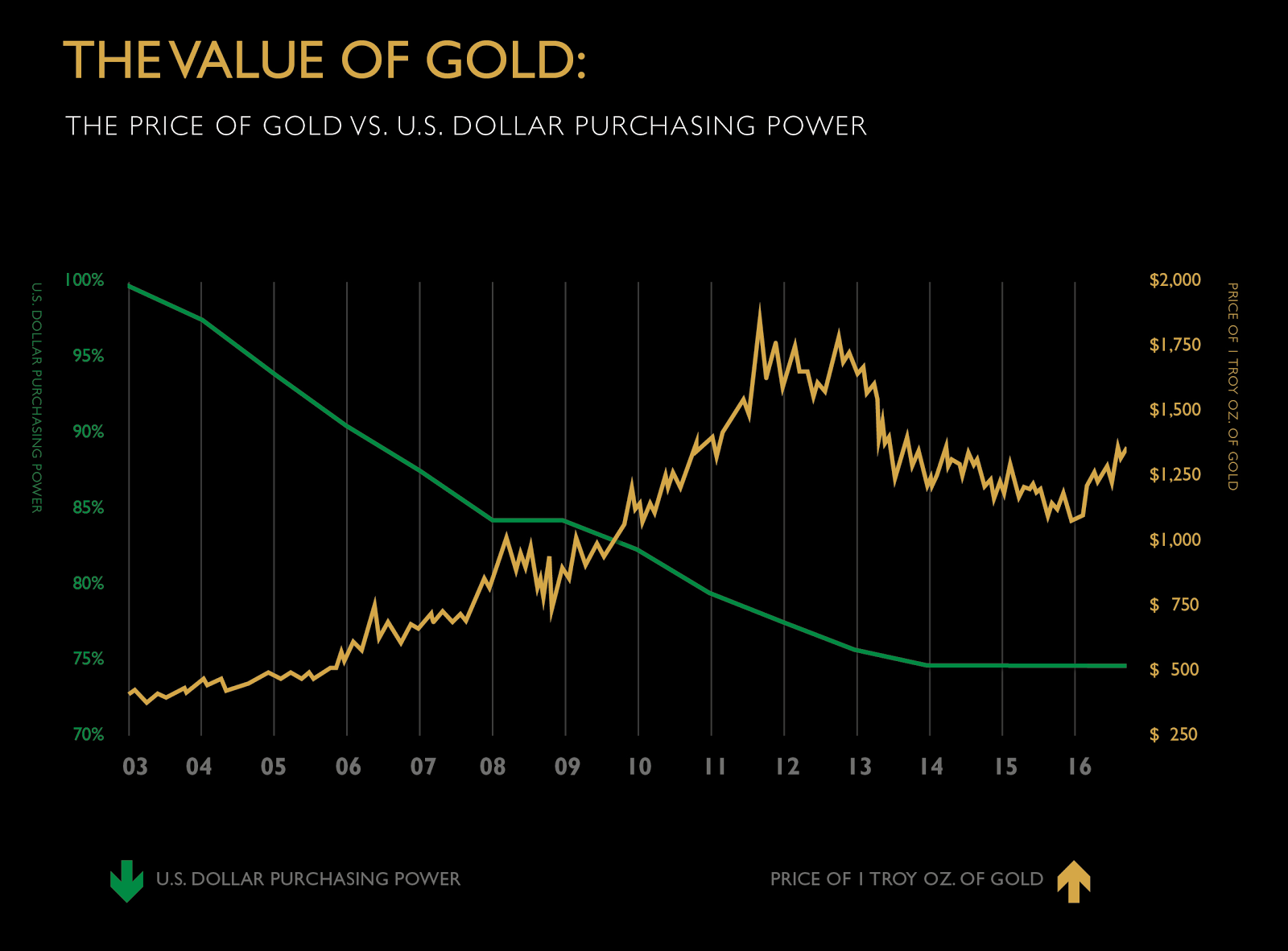Market Recap: Fed Announces Quarter-Point Rate Hike
As of 2:00pm ET Wednesday March 15, the target Fed funds rate stands at 0.875%. The Federal Reserve raised its target range to 0.75%-1.00% as it begins to gradually reduce accommodation while still keeping rates below neutral–the rate at which inflation is stable. Economists disagree over just what this rate is, offering different calculations based on varying estimates of different factors the Fed also takes into account, including stable job growth.
The Fed’s median projection for 2017 GDP growth is 2.1% for 2017 and 2018 while the unemployment forecast remains at 4.5%.
The Fed continues to take an accommodating stance toward the US economy, following an approach of closely tracking market data and sentiments before making each policy decision. The US dollar index is down for the day, and gold increased 1.1% after the announcement of the Fed funds rate increase and an additional 0.74% from 2:00pm to 2:47pm while the press conference was still happening.
Gold futures are back in the range we saw last week on Tuesday March 7, trading between $1216 and $1219 per ounce shortly after the meeting.

Before the first round of quantitative easing in 2009, the US dollar’s purchasing power was 85% of its 2003 value, and the monetary base stood at around $1.7 trillion. According to the graph above from Rosland Capital’s data on gold, the dollar and precious metals IRAs, the US dollar’s purchasing power has remained at 75% since QE ended in 2014. Since then, the monetary base has stayed at around $3.7 trillion–meaning that the total number of dollars in circulation has grown by about 117% since the 2009 recession.
FOMC Conclusion: Economy Still Expanding Moderately
In her speech at 2:30pm, Janet Yellen mentioned solid income gains, household spending growth, firming business investment and favorable business sentiment as some of the reasons behind the rate increase. Yellen said the Fed’s overall projections haven’t changed much since December, with the economy still expanding at a moderate pace.
Core inflation (minus energy) hasn’t changed in recent months either. To summarize the Fed’s current sentiment, waiting too long to scale back monetary accommodation would cause for too drastic a rate increase in the future. Although sentiment can change, the market currently expects two more increases this year.
Data for this article was compiled from various sources and is not meant to reflect one particular economic outlook or investment perspective. As with any futures and market information, correlation does not imply causation, so investors should seek the help of their own financial advisers before making any investment decisions.